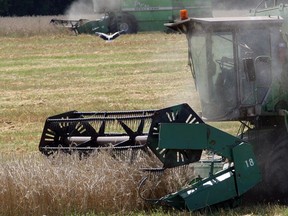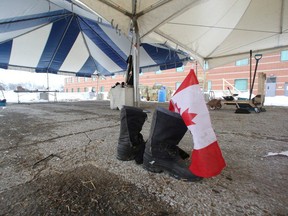Cecilia Jamasmie | February 28, 2022

The Filo del Sol project straddles the international border between Chile and Argentina. (Image courtesy of Filo Mining.)
BHP (ASX: BHP), which has been expanding its copper footprint in the past, will invest C$100 million ($79m) in Canadian junior Filo Mining (TSX: FIL), which is developing a copper-gold-silver project straddling the border between Argentina and Chile.

The Vancouver-based company said on Monday it would issue 6.27-million common shares in a private placement to BHP at C$15.95 a piece, representing a 12% premium to the 20-day volume-weighted average trading price. Filo Mining’s stock closed at C$14.30 a share on Friday.
Once the private placement is completed, which is expected to happen on or before March 11, BHP will own about 5% of Filo Mining and will be granted certain participation and top-up rights, the companies said.
The junior plans to use the funds for further exploration and development of its Filo del Sol project.
According to Lundin Mining Corp., Filo Mining’s majority owner, the project is expected to be an operation of equal size or bigger that its Candelaria mine in Chile. Chairman Lukas Lundin has said that building Filo del Sol will cost between $4 billion and $5 billion.
Filo’s president and CEO Jamie Beck said BHP’s investment was a “significant endorsement” of the company’s project, team and strategy.
Beck added that the company and BHP had also agreed to form a joint advisory committee to share expertise, exploration concepts, and discuss future project development.
Stamp on project’s potential
“We believe that while funding for exploration was never in doubt, the quality of the source of funding in this transaction, and the potential capacity of BHP to fund future development endeavors places a firm stamp on the project’s potential,” Haywood Capital Markets said in a Monday note to investors.
“We see potential project longevity spanning several decades,” the experts added.
Filo Mining, and its predecessors, have been exploring at Filo del Sol since the 1999-2000 field season. Work has been limited to the summer season, typically between November and April.
Based on the latest figures released by the company, the Filo del Sol project will have an estimated after-tax value of C$1.28 billion, with an internal rate of return of 23%.
The asset is expected to produce an annual average of 67,000 tonnes of copper, 159,000 ounces of gold and 8.65 million ounces of silver.













